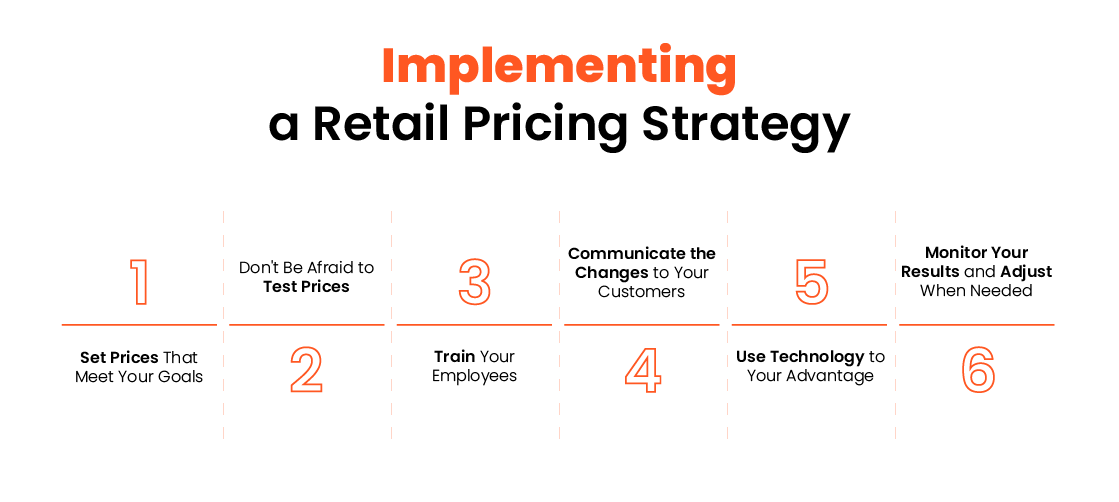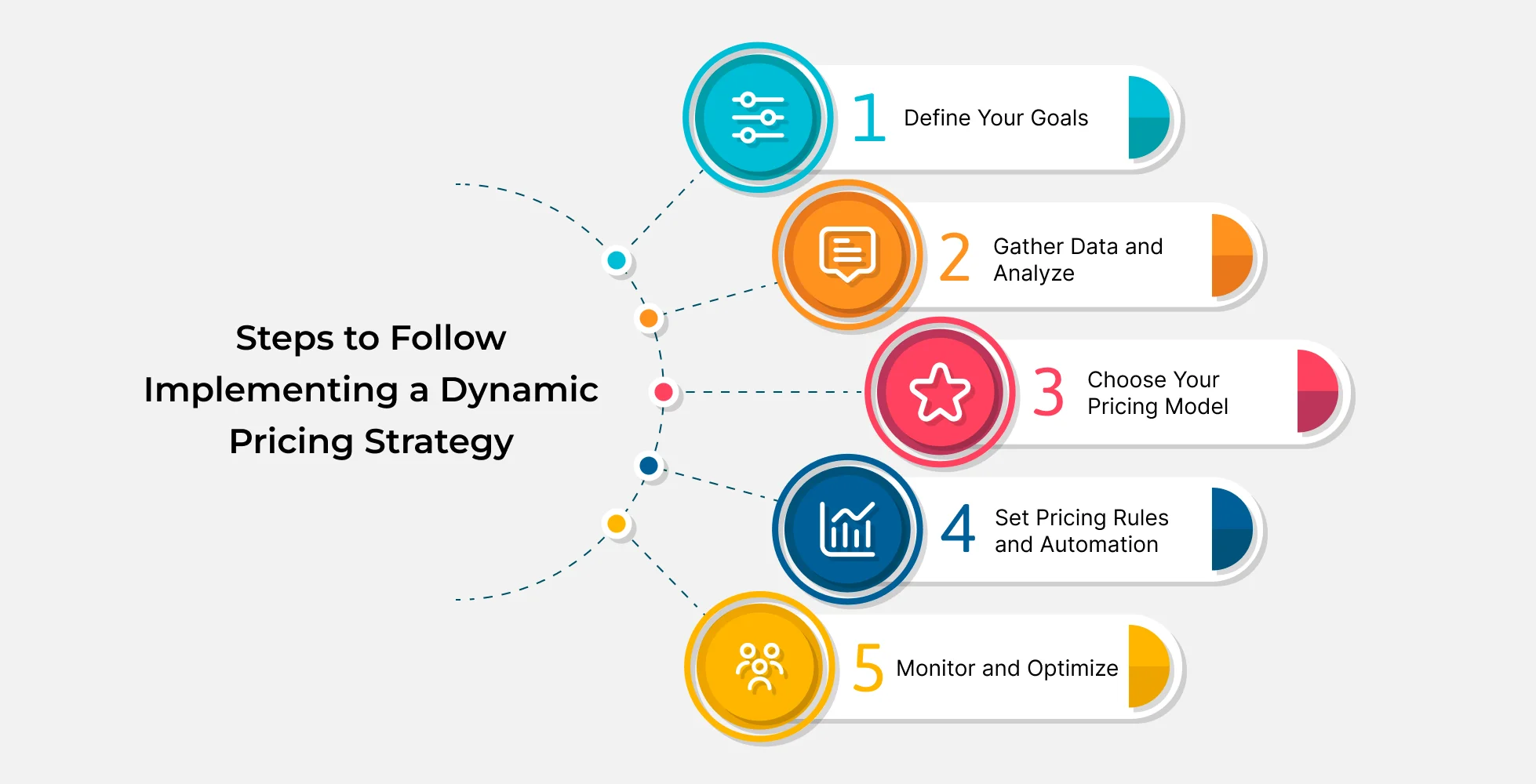Comprehending Customer Actions and Its Impact on Your Pricing Strategy
Comprehending Customer Actions and Its Impact on Your Pricing Strategy
Blog Article

Master Effective Prices Techniques to Make Best Use Of Profit
In the ever-evolving landscape of business, grasping reliable prices techniques is essential for businesses intending to optimize profit. A nuanced understanding of prices psychology can considerably affect consumer behavior and buying choices.
Comprehending Prices Psychology
Understanding rates psychology is vital for organizations intending to maximize their prices methods. This area analyzes how consumers perceive costs and just how these understandings influence their purchasing choices. Key ideas in pricing psychology include the anchoring impact, where the first rate offered functions as a referral point for customers, and the principle of rate sensitivity, which varies among various consumer sectors.
Furthermore, businesses can utilize the concept of perceived value, where the perceived benefits of an item or solution can warrant a higher price point. As an example, costs prices can develop a mood of exclusivity, attracting consumers who associate higher costs with premium quality. On the other hand, mental pricing, such as setting a cost at $9.99 rather of $10, can dramatically impact customer habits by making costs show up more eye-catching.
Additionally, scarcity and necessity can improve the regarded value of items, prompting quicker investing in decisions. Understanding these emotional triggers makes it possible for companies to formulate prices approaches that not just drive sales however also foster client commitment. Thus, understanding rates psychology is vital for effective pricing method formulation, causing boosted earnings and market positioning.
Applying Value-Based Rates

First, conduct thorough marketing research to determine the value vehicle drivers for your target audience. This can include functions, high quality, brand credibility, and consumer service. Next, sector your customers based on their readiness to pay and the worth they view. By doing so, you can tailor offerings and rates strategies to line up with various sectors.
Continuously keep an eye on market problems and client responses to improve your prices approach over time. By carrying out value-based rates, services can boost earnings while fostering long-lasting customer loyalty.
Exploring Dynamic Prices Designs
In today's quickly altering market landscape, dynamic rates models have arised as an effective technique for organizations looking for to maximize income and respond to changes sought after. These models permit companies to adjust their rates in real-time based upon different aspects such as client behavior, market fads, and inventory levels. By leveraging information analytics and algorithms, companies can identify optimum pricing factors that optimize sales while staying competitive.
Dynamic rates can take numerous kinds, consisting of time-based prices, where prices rise and fall based on time of day or season, and demand-based rates, which adjusts costs according to current consumer demand. This versatility not only boosts productivity however also boosts client contentment by supplying costs that reflect real-time market conditions.
Carrying out vibrant rates needs a robust technological facilities and a deep understanding of customer sectors. Transparent communication about prices adjustments can aid reduce client dissatisfaction and foster trust, inevitably leading to continual profitability in an affordable market.
Analyzing Rival Pricing
Checking rival prices is vital for businesses intending to preserve an one-upmanship in their corresponding markets. By evaluating competitors' pricing strategies, companies can recognize market trends, understand customer choices, and adjust their rates appropriately. This analysis includes gathering information on competitors' costs, promotional approaches, and product offerings to notify pricing choices.
To properly evaluate rival pricing, companies must make use of various tools and techniques, such as rate monitoring software application, marketing right here research reports, and customer responses. This data can expose just how rivals position their product or services, permitting organizations to distinguish their offerings or take on similar strategies to remain pertinent.
Additionally, it is critical to categorize rivals right into indirect and direct rivals. Direct rivals offer similar service or products, while indirect competitors may satisfy the very same consumer need with different solutions. Recognizing the subtleties in between these teams will allow services to customize their rates techniques better.
Ultimately, ongoing competitor pricing analysis is important for making educated pricing decisions. It permits services to stay active in action to market shifts, guaranteeing they can seize chances and minimize dangers connected with pricing methods.
Evaluating Pricing Efficiency
Understanding exactly how rival pricing influences market characteristics brings about a natural focus on assessing pricing efficiency within one's own business. This analysis is critical for recognizing areas of strength and chances for improvement, ultimately boosting success.

Additionally, performing routine rates audits can expose inconsistencies between expected and actual efficiency. This involves comparing prices information across different sectors and channels to recognize variations and determine fads. Additionally, integrating consumer comments can supply understandings into perceived value versus real pricing, making sure alignment with market assumptions.
Lastly, leveraging information analytics devices can assist in much deeper understandings right into rates performance, allowing businesses to make data-driven modifications (Pricing Strategy). By consistently evaluating rates efficiency, companies can adapt to market modifications and maximize their techniques, making certain continual productivity in an affordable landscape
Conclusion
By leveraging prices psychology, companies can boost viewed value and tailor prices to diverse customer sections. The fostering of vibrant and Visit Your URL value-based pricing designs assists in real-time adjustments based on demand and customer readiness to pay.
Recognizing pricing psychology is crucial for organizations intending to optimize their prices methods. Recognizing these psychological triggers enables businesses to develop prices techniques that not just drive sales however also foster client commitment. Thus, grasping rates psychology is important for efficient rates approach solution, leading to improved productivity and market positioning.
By evaluating competitors' pricing methods, firms can determine market patterns, recognize customer choices, and readjust their pricing appropriately. By leveraging pricing psychology, services can enhance perceived worth and dressmaker prices to diverse customer segments.
Report this page